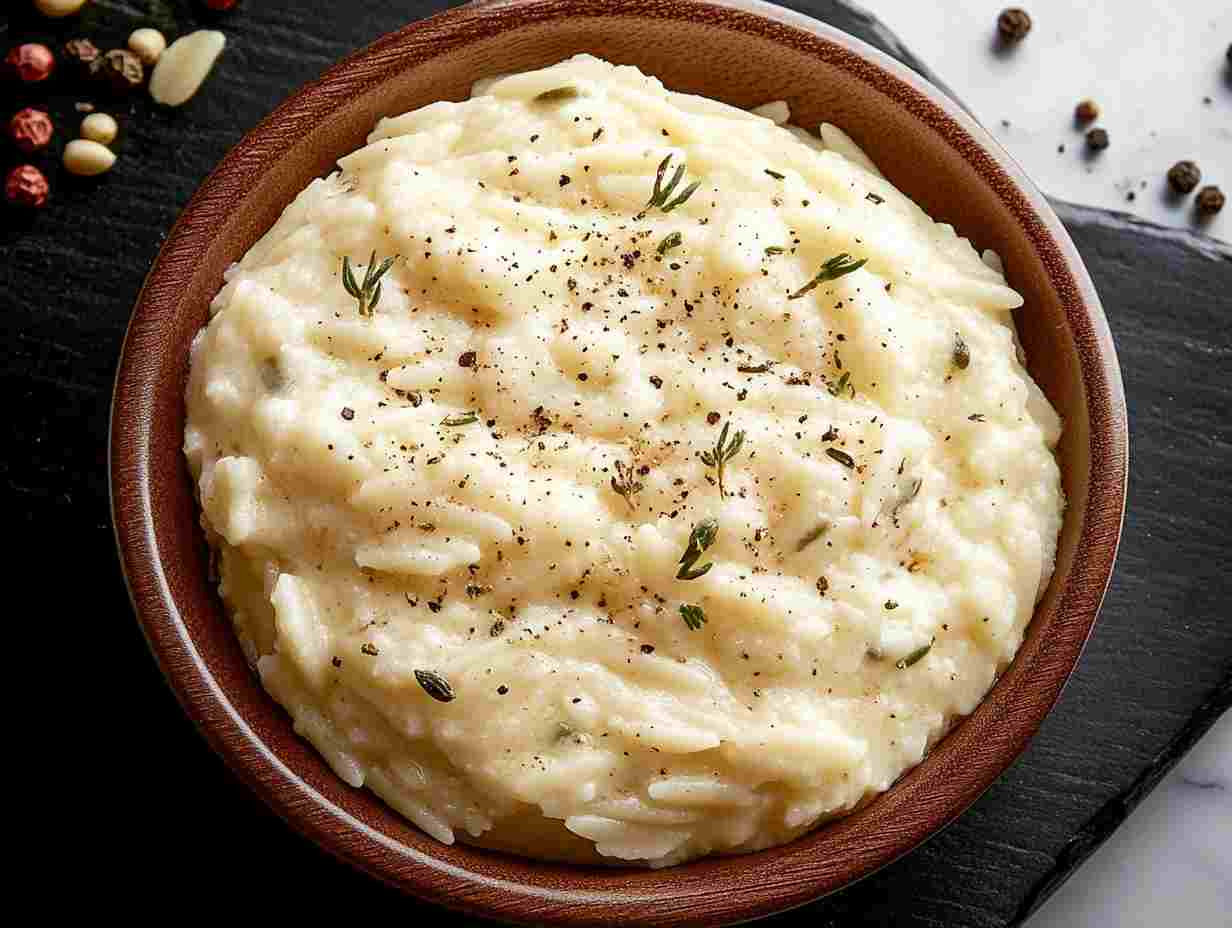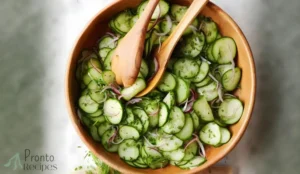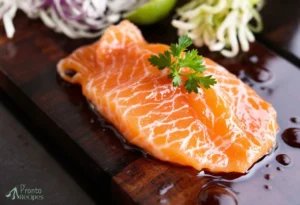When it comes to versatile pasta options, few varieties are as adaptable and delightful as pepe and orzo. Whether you’re crafting a quick weeknight meal or preparing an elaborate dinner, these tiny pasta shapes can elevate your dishes with their unique textures and flavors. In this guide, you’ll discover everything you need to know about pepe and orzo pasta—from their origins to perfect cooking techniques, creative recipes, and common mistakes to avoid. Let’s dive in and make your next meal a masterpiece.
Table of Contents
- Discovering Pepe and Orzo: What Makes Them Unique?
- Tips for Cooking Small Pasta Varieties
- Delicious Recipes Featuring Pepe and Orzo Pasta
- Common Mistakes to Avoid When Cooking Pepe and Orzo
- Why Pepe and Orzo Pasta Are Perfect for Home Cooks
- Conclusion
Discovering Pepe and Orzo: What Makes Them Unique?
Origins and Definitions
Pepe pasta, also known as acini di pepe, translates to “peppercorns” in Italian. These small, round pasta pieces resemble tiny beads and are a staple in Italian soups like Italian Wedding Soup. Their size makes them perfect for absorbing flavors and adding a delightful bite to any dish. Traditionally, pepe pasta has been used in Italian home kitchens for generations, cherished for its ability to transform humble ingredients into a hearty meal.
Orzo, on the other hand, means “barley” in Italian, referring to its rice-like shape. Popular in Mediterranean cuisine, orzo is a versatile pasta often used in salads, soups, and one-pot meals. Its shape and texture allow it to mimic rice in dishes while offering the soft chewiness of pasta. In Greek cuisine, orzo is a key ingredient in dishes like giouvetsi, a baked dish with meat and tomato sauce.
Key Differences Between Pepe and Orzo

While pepe is spherical and more suited to brothy soups or creamy dishes, orzo’s elongated, grain-like form works beautifully in salads and casseroles. Both share the ability to blend seamlessly with other ingredients, but their textural differences lend themselves to distinct culinary applications. Pepe’s bead-like texture provides a delightful chew, making it ideal for soups and puddings, while orzo’s rice-like size lends itself well to salads and pilafs.
Why Home Cooks Love Them
- Quick Cooking: Both pasta types cook in under 10 minutes, making them ideal for busy weeknights.
- Versatility: Perfect for soups, salads, and hearty mains, they adapt to a variety of cuisines.
- Affordable: Cost-effective ingredients that stretch across multiple servings, they’re a budget-friendly staple in every pantry.
- Creative Freedom: Their neutral flavor acts as a blank canvas, allowing you to experiment with sauces, seasonings, and toppings.
Tips for Cooking Small Pasta Varieties
Cooking these pasta varieties might seem straightforward, but mastering the details ensures that your dishes come out perfect every time. With a few simple techniques, you can elevate their flavor and texture.
Basic Cooking Techniques
- Boiling: Use a large pot of salted water. For pepe, boil for 5-7 minutes; for orzo, cook for 7-9 minutes. To keep things from sticking, stir every so often.
- Simmering in Soups: Add pepe or orzo directly to your soup during the last 10 minutes of cooking to absorb the flavors and reach the perfect consistency.
- One-Pot Method: You can add more taste to orzo by cooking it in broth instead of water.This method infuses the pasta with savory notes, perfect for dishes like creamy orzo risotto.
Tips for Achieving Perfect Texture
- Stir frequently to prevent clumping, especially for smaller pastas like pepe.
- Taste-test a minute before the suggested cooking time to ensure al dente texture.
- Drain immediately and toss with olive oil, butter, or sauce to prevent sticking while enhancing flavor.
Toasting Orzo for Extra Flavor
Before boiling, toast orzo in a skillet with a drizzle of olive oil. This enhances its nutty flavor and adds depth to your dish, particularly in Mediterranean-style recipes. Toasted orzo pairs wonderfully with roasted vegetables or hearty stews.
Delicious Recipes Featuring Pepe and Orzo Pasta
Ready to get cooking? Here are some creative and easy recipes to inspire your next meal. From comforting soups to vibrant salads, these recipes showcase the versatility of pepe and orzo.
Pepe Pasta Recipe Ideas
- Cacio e Pepe: A minimalist dish combining pepe pasta with black pepper, Parmesan cheese, and butter for a creamy, savory experience. This classic Roman recipe highlights the simplicity of quality ingredients.
- Pepe in Soups: Add a handful of pepe to chicken broth with vegetables and shredded chicken for a comforting bowl of soup. You can also incorporate it into minestrone or vegetable-based broths for added texture.
- Cold Pepe Salad: Mix cooked pepe with chopped cucumbers, cherry tomatoes, and a tangy vinaigrette for a refreshing side dish. Add crumbled feta or fresh herbs for extra flavor.
Orzo Pasta Recipe Ideas
- Mediterranean Orzo Salad: Toss cooked orzo with olives, feta cheese, diced cucumbers, and a lemon-olive oil dressing. This vibrant dish is perfect for summer picnics or as a light lunch.
- One-Pot Creamy Orzo: Simmer orzo with chicken broth, garlic, and Parmesan for a creamy, risotto-like consistency. Add sautéed mushrooms or spinach for a nutritious twist.
- Lemon Herb Orzo: Mix cooked orzo with fresh herbs, lemon zest, and a drizzle of olive oil for a light and flavorful dish. It pairs beautifully with grilled chicken or fish.
Fusion Dishes
Combine the best of both worlds by using pepe and orzo together in a hearty casserole or cold pasta salad for an unexpected twist. For instance, layer cooked pepe and orzo with roasted vegetables, marinara, and mozzarella in a baked pasta dish that fuses textures and flavors seamlessly.
Common Mistakes to Avoid When Cooking Pepe and Orzo
Even the simplest dishes can go wrong without a little attention to detail. Here are the common pitfalls and how to sidestep them.
Overcooking
Both pepe and orzo are small and cook quickly, making them easy to overcook. Set a timer and check for doneness a minute earlier than the package suggests. Overcooked pasta becomes mushy, which can ruin the texture of your dish.
Using the Wrong Proportions
Avoid drowning your pasta in liquid or using too little for absorption. For soups, add pasta gradually and monitor the liquid-to-pasta ratio. For salads, drain well to prevent watery results.
Skipping Seasoning
Always salt your cooking water generously. A bland base means you’ll have to overcompensate with sauces or seasonings later. Properly seasoned pasta enhances the overall flavor of your dish.
Ignoring Resting Time
Allow your cooked pasta to sit for a minute after tossing with sauce. This brief rest helps the pasta absorb flavors and ensures even coating.
Why Pepe and Orzo Pasta Are Perfect for Home Cooks
Versatility in Meals
Pepe and orzo are incredibly adaptable, fitting seamlessly into everything from light salads to hearty casseroles. Their neutral flavor allows them to take on the profile of any dish you create. From weeknight dinners to holiday spreads, they’re a reliable choice for any occasion.
Affordable and Accessible
Unlike specialty ingredients, pepe and orzo are widely available and budget-friendly. A little goes a long way, making them excellent staples for feeding families or hosting guests. Their cost-effectiveness doesn’t compromise quality, making them a favorite among savvy cooks.
Diet-Friendly Options
Both pasta types work well in vegetarian and vegan dishes. Swap out traditional broths or cheeses for plant-based alternatives to suit your dietary needs without sacrificing flavor. Gluten-free versions are also available, ensuring everyone can enjoy their delicious versatility.
Kid-Friendly Appeal
Pepe’s small size and fun shape make it a hit with kids. Use it in soups or creamy dishes for meals the whole family will love. Orzo’s resemblance to rice also makes it an approachable option for picky eaters.
Conclusion
Pepe and orzo pasta are small but mighty additions to your kitchen arsenal. With their quick cooking times, versatility, and ability to shine in a variety of dishes, they’re a must-have for any home cook. Whether you’re crafting a comforting soup, a vibrant salad, or a one-pot wonder, these pastas can help you create meals that are both satisfying and impressive.
Ready to experiment? Try one of the recipes above and share your culinary creations. Don’t forget to leave your tips and favorite variations in the comments below—we’d love to hear from you! And remember, the possibilities are endless when you have pepe and orzo in your pantry.
Call-to-Action: Explore more pasta recipes on our blog, and subscribe to our newsletter for weekly cooking tips, recipes, and exclusive content tailored to home cooks like you. Let’s make every meal extraordinary!





